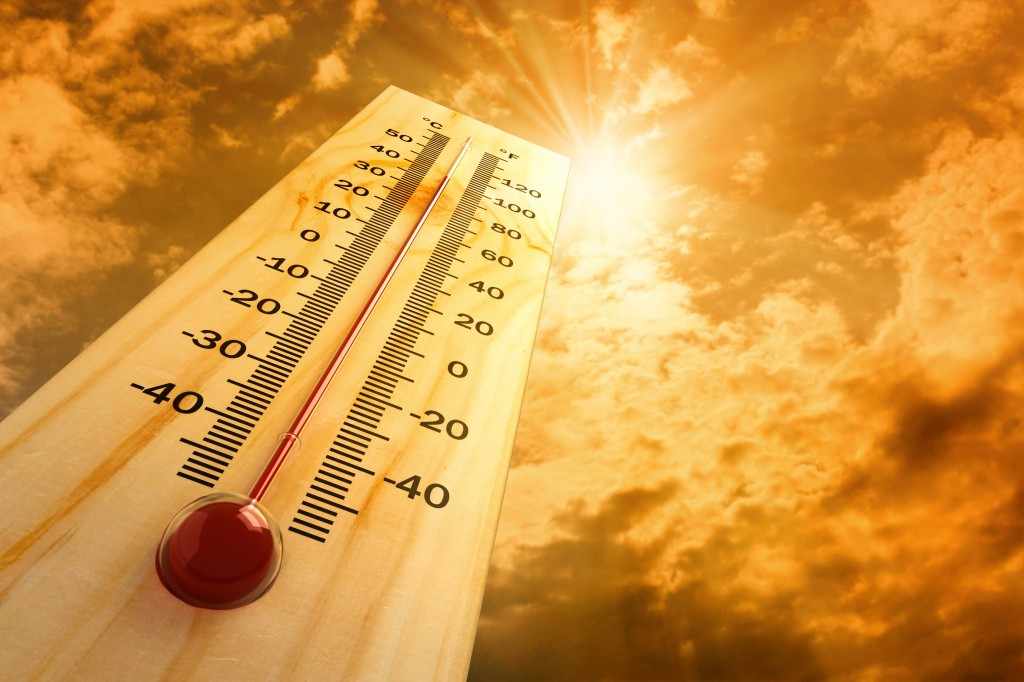As summer peaks across the Indian subcontinent, a blistering heatwave has enveloped several states, prompting urgent health advisories and emergency preparedness measures. The India Meteorological Department (IMD) has issued red alerts for multiple regions, including Rajasthan, Delhi, Uttar Pradesh, and parts of Madhya Pradesh and Maharashtra, where temperatures have soared past 45°C.
According to the IMD, this is one of the most intense early-May heatwaves India has experienced in over a decade. “Northwest and central India are witnessing persistent hot and dry winds, with no significant relief expected for the next five days,” said Dr. Mrutyunjay Mohapatra, Director General of Meteorology, IMD.
Cities Sizzle: Mercury Soars Across States
In Delhi, temperatures crossed 44.7°C on Monday, while Barmer in Rajasthan recorded a sweltering 47.1°C, the highest in the country so far this season. Power consumption has surged in major metros as air conditioners and coolers work overtime. In Mumbai, even coastal breezes have failed to cool the city, with the ‘real feel’ temperature exceeding 40°C due to high humidity.
Health Warnings Issued
With the rising heat, hospitals have reported a spike in heatstroke cases, dehydration, and exhaustion-related emergencies. The Ministry of Health and Family Welfare has released guidelines urging citizens to:
- Stay hydrated by drinking water frequently, even if not thirsty
- Avoid outdoor activity during peak hours (12 PM to 4 PM)
- Wear light-colored, loose-fitting cotton clothes
- Keep children and elderly indoors during the daytime
Dr. Renu Sharma, a public health specialist in New Delhi, emphasized, “We are seeing more patients with symptoms of heat exhaustion — dizziness, fainting, and muscle cramps. It’s critical for people to recognize early signs and seek help.”
Impact on Economy and Infrastructure
The agriculture sector has also been hit hard. Farmers in northern India report early signs of crop stress in wheat and pulses. “Water sources are drying, and irrigation is becoming more difficult,” said Suresh Yadav, a farmer in Haryana.
In urban centers, municipal bodies have begun implementing water rationing in certain areas, while schools in some districts of Uttar Pradesh and Rajasthan have been temporarily closed or shifted to online mode.
The power grid is under pressure as electricity demand hits new records. According to the Central Electricity Authority, India’s peak power demand touched 235 GW on May 5 — the highest ever recorded for the month.
Climate Change in Focus
Environmentalists and climate experts point to the growing frequency and intensity of heatwaves as a sign of accelerating climate change. A 2024 report by the Centre for Science and Environment (CSE) noted a 61% rise in the number of heatwave days in India over the past 30 years.
“This is not an isolated event,” said Sunita Narain, Director of CSE. “The heatwaves are part of a global climate pattern that’s becoming more extreme due to rising greenhouse gas emissions.”
Government Response
The National Disaster Management Authority (NDMA) has activated heat action plans in coordination with state governments. Emergency cooling centers, hydration booths, and mobile health vans have been deployed in high-risk areas.
Union Health Minister Dr. Mansukh Mandaviya urged citizens to remain vigilant and follow health advisories strictly. “We must work together — government and citizens — to minimize the loss of life and protect the vulnerable during this climate emergency.”
Conclusion:
With the heatwave expected to persist, public awareness, government response, and climate resilience are crucial in managing its impacts. As India grapples with rising temperatures, the need for long-term environmental strategies and immediate public health precautions has never been more urgent.



